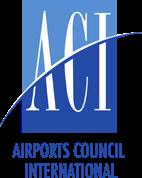News and Analysis for the passenger services executive


























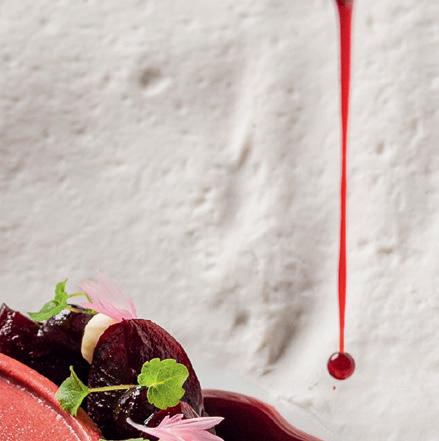





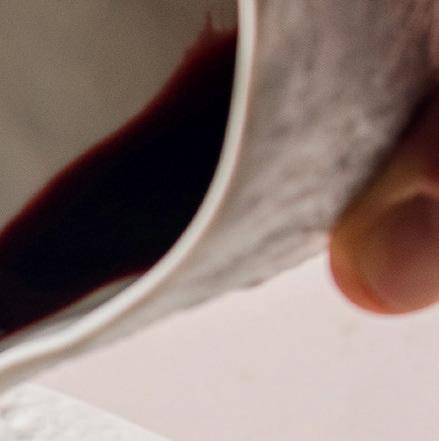











PAX International Mississauga, Ontario Canada
Website: www.pax-intl.com
PUBLISHER
Aijaz Khan
E-mail: aijaz@globalmarketingcom.ca
EDITORIAL OFFICES
Jane Hobson, Managing Editor Tel: (1 416) 997-3914
E-mail: jane@pax-intl.com
Robynne Trueman, Business Editor Tel: (1 705) 471-4110
E-mail: robynne@pax-intl.com
Alex Preston, Senior Editor Tel: +44 (0) 7969 092913
E-mail: alex@pax-intl.com
Chelsea Clarke, Associate Editor Tel: (1 416) 797-8052
Email: chelsea@pax-intl.com
ART DEPARTMENT
Jessica Hearn, Art Director E-mail: jessica@globalmarketingcom.ca
PAX International and PAX Tech are published a total of 10 times a year by PAX International, Mississauga, Ontario, Canada. International Distribution.
Subscriptions: $200 for one year; $300 for two years; $400 for three years. Art and photographs will not be returned unless accompanied by return postage. The views expressed in this magazine do not necessarily reflect the views and opinions of the publisher or editor. All rights reserved. Nothing may be reprinted in whole or in part without written permission from the publisher. © PAX International magazine
ISSN 1206-5714
Key title: Pax International
Welcome to this digital edition of PAX International, celebrating special meals and the upcoming World Travel Catering & Onboard Services Expo (WTCE). Food and travel are both journeys—one through place, the other through taste—each revealing culture, connection and discovery.
The key ingredient that makes a memorable inflight meal is the delight that it infuses into the passenger journey.
As Chef Matt Farrell, Vice President, Culinary Innovation and Development at AMI Group, says in this issue, “AMI is rethinking what onboard dining can be—relevant and engaging culinary design. We bring a fresh, forward-thinking approach to every menu we create, ensuring that airlines can offer meals that feel modern, thoughtful and in sync with the brand.”
Next month’s WTCE will showcase the next wave of inclusivity in inflight dining—as well as the latest in F&B, amenities and more. We hope this issue sparks excitement ahead of the airline catering and passenger services industry gathering in Hamburg. We‘ll see you in a few weeks!

JANE HOBSON Managing Editor PAX International

ON THE
Learn more about AMI Group’s Culinary Design solution on page 10
Global Inflight Products (GIP) is revolutionizing air travel experience and comfort with the launch of its latest airline mattresses, designed to enhance passenger experience and comfort. The compact and lightweight mattresses are designed to provide superior support, ensuring a more restful journey.
The newest addition to the collection is GIP’s patented air mattress. It can be a single-use item since its cost is less than half the price of dry cleaning. Not only is it compact, lightweight and exceptionally comfortable, but it is also fully recyclable, making it a sustainable choice for airlines committed to reducing the environmental footprint.
To further elevate the passenger experience, the mattresses feature removable covers available in a range of materials, allowing airlines to customize comfort and aesthetics to suit the brand.
With GIP’s latest innovation, airlines can offer


More choices for flying to and from the Greater Toronto and Hamilton Area are on your horizon! Porter’s all-new service is taking off from John C. Munro Hamilton International Airport to Vancouver, Calgary, Edmonton and Halifax this June.
Three cheers to three ways of enjoying Porter’s elevated economy experience – from Hamilton Airport, Toronto Pearson and Billy Bishop Airport!
Actually enjoy economy!
Unwrapping a future with less plastic, United Airlines has teamed up with RMT Global Partners to offer bamboo cutlery kits. These fully customizable kits showcase the United Airlines brand, while advancing single-use plastic reduction, which is an added luxury for many travellers. Complete with recycled kraft paper salt and pepper packets, the partnership brings an elevated, elegant and environmentally friendly (in comparison to traditional plastic utensils and virgin paper packaging) touch to every meal.
RMT Global Partners’ bamboo cutlery

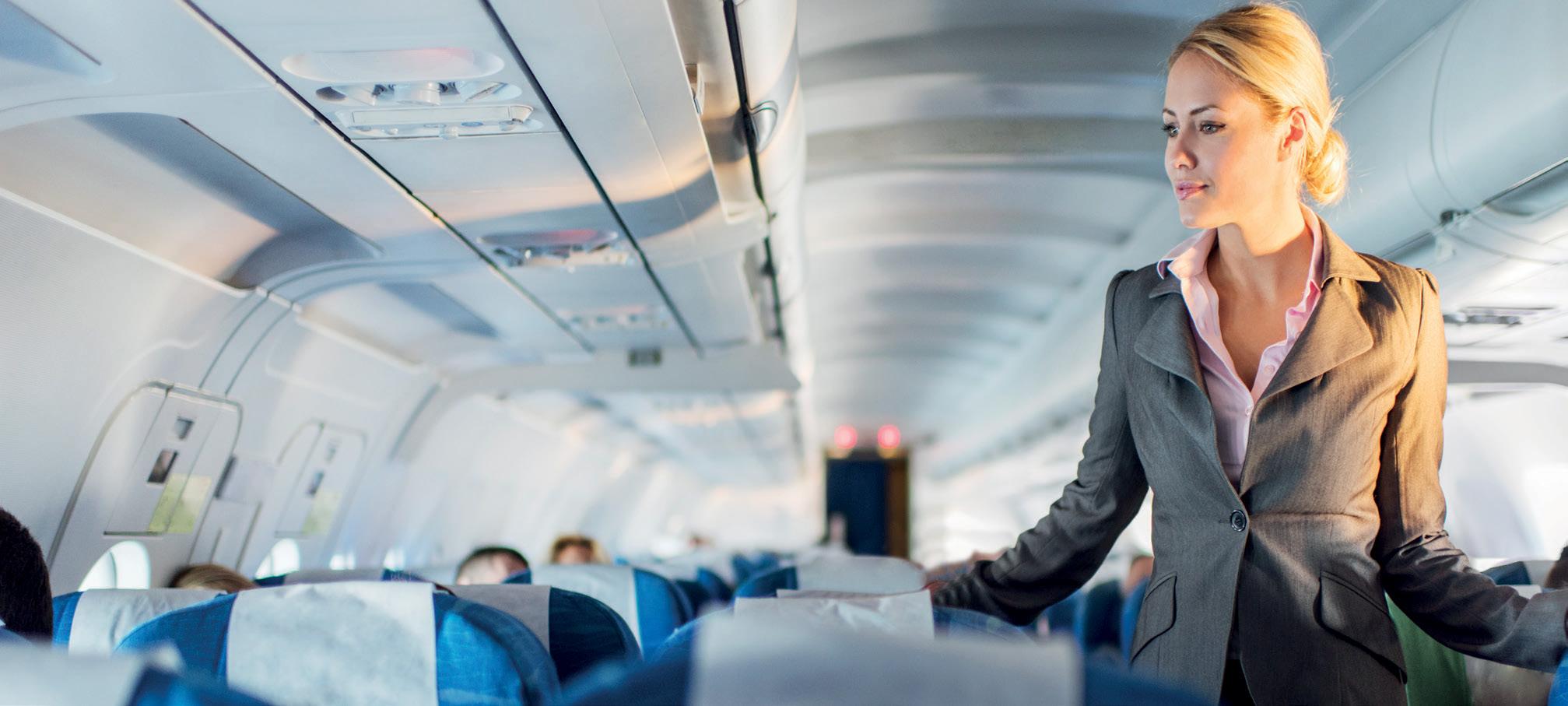


































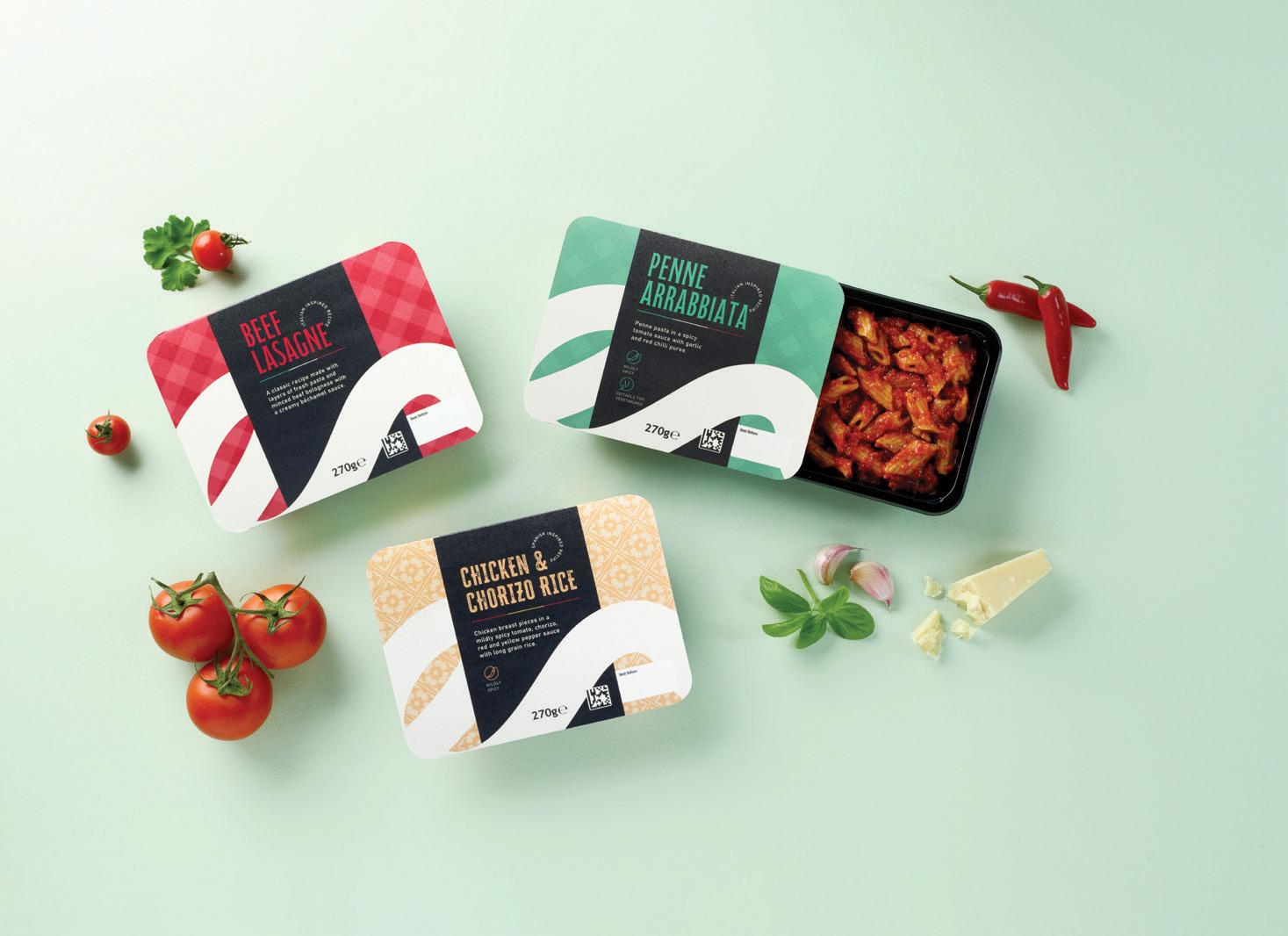



Global specialists in Passenger Solutions, Supply Chain Services and Sourcing for airlines

Aer Lingus is elevating its transatlantic travel experience with updated Business Class amenity kits, part of the airline’s ongoing commitment to enhancing the passenger experience and solidifying its status as a Skytrax 4-star airline, a distinction it has proudly held since 2016.
Created in collaboration with Watermark, Aer Lingus’ Business Class amenity kits include products from natural skincare brand Jo Browne Ireland, made using eco-friendly materials. The pen and toothbrush incorporate wheat straw, while the earplugs and dental kit pouches are made from plant-based and biodegradable materials. The kit also includes Jo Browne’s Signature Blend Lip Balm and Hydrating Moisturiser, all packaged in 100 percent sugarcane tubes. A premium 3D-molded eye mask and luxurious socks are included in the kit to ensure a restful journey.
“Hugely excited to see this collaboration come to life!
Proud to have worked alongside Aer Lingus and Jo Browne to bring sustainability and well-being to the inflight experience,” said Kenny Harmel, Managing Director, Watermark.
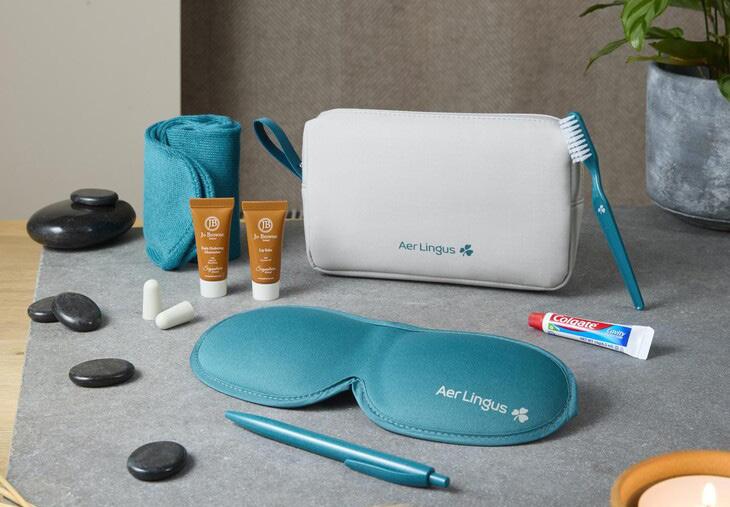
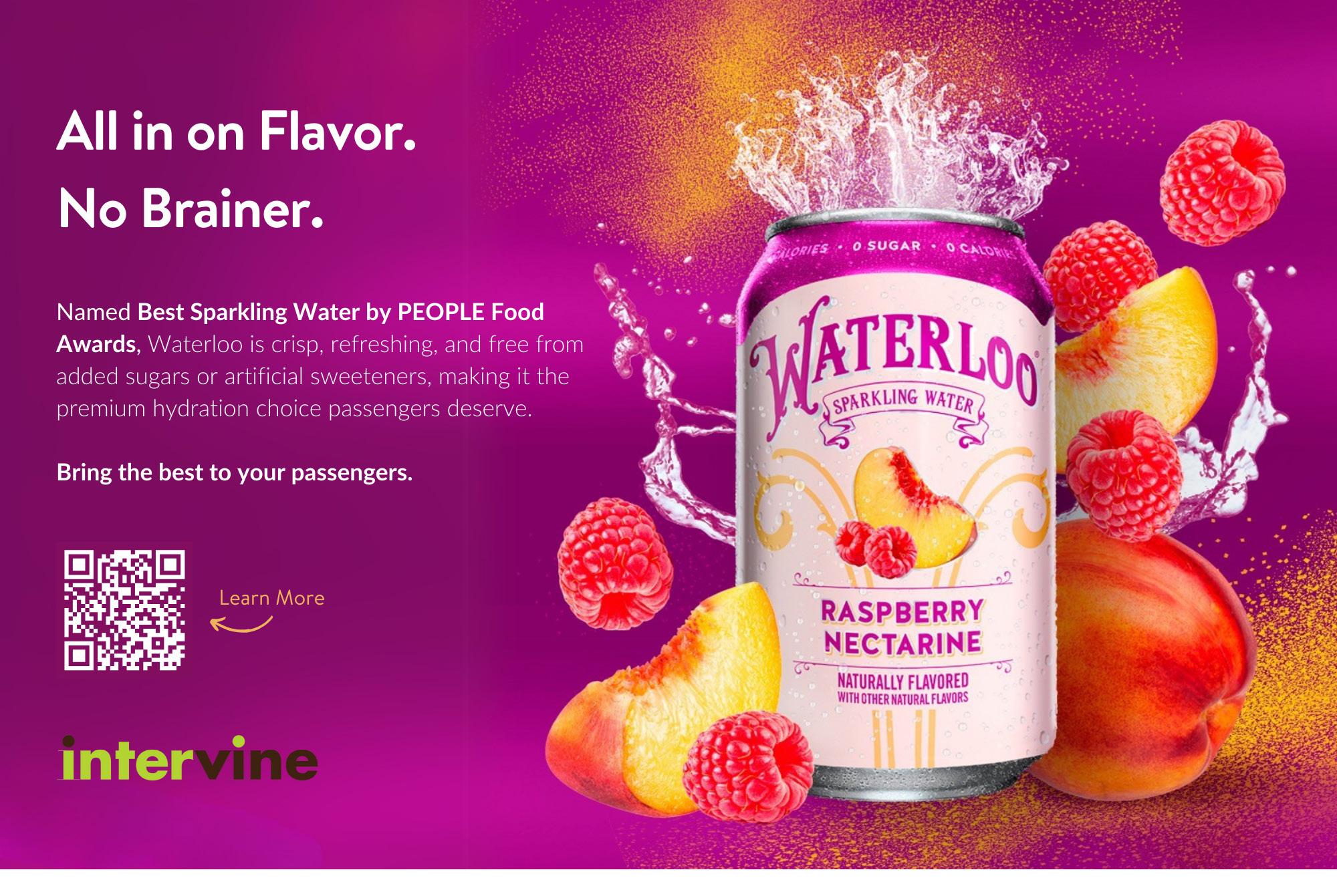

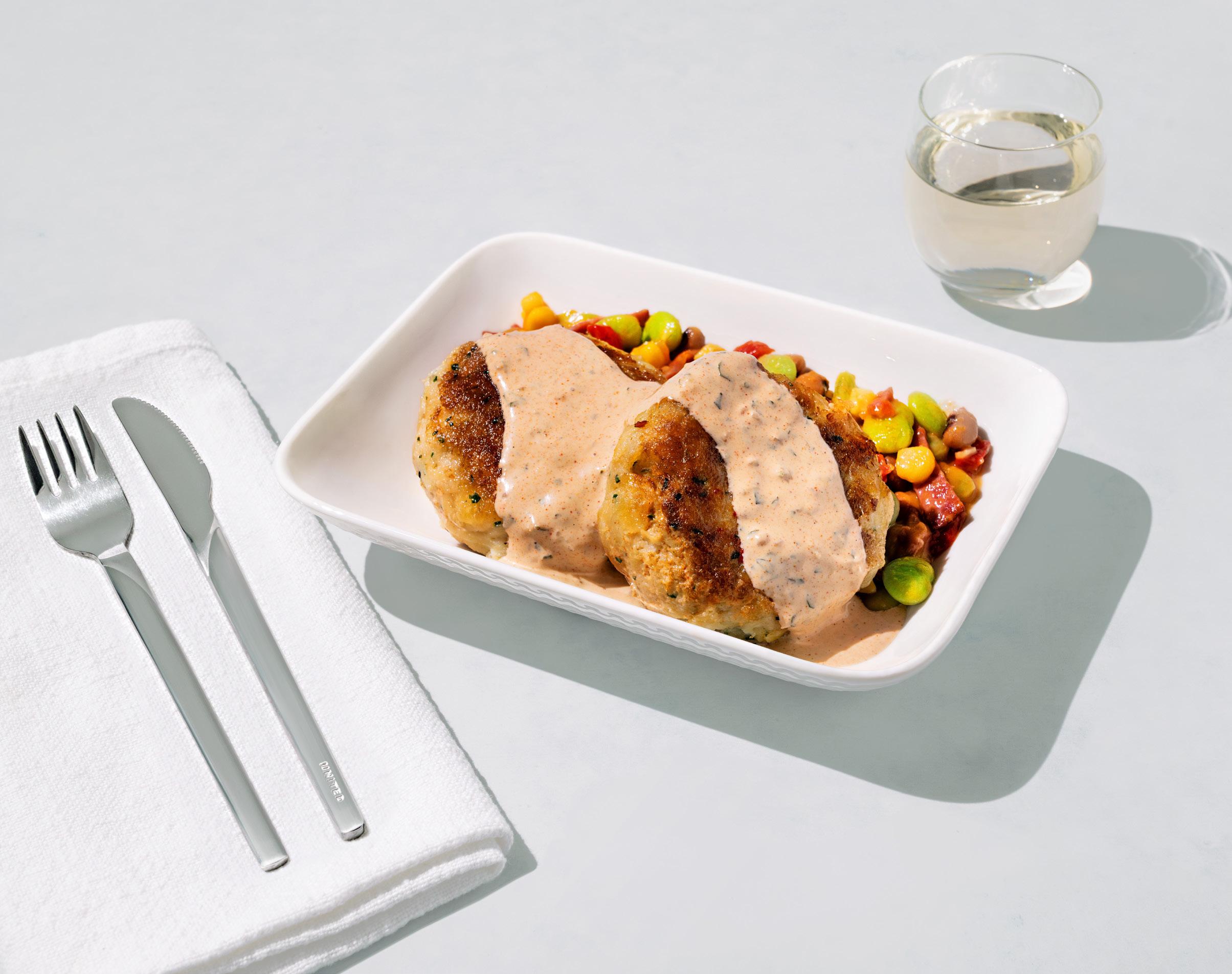
AMI’s Culinary Design solution incorporates beverage pairings that complement meal selections
In the competitive world of airline hospitality, F&B represents an opportunity to enhance the passenger experience and reinforce an airline’s brand identity.
Recognizing this, AMI Group has introduced its Culinary Design solution, a flexible and innovative approach that goes beyond the traditional model of onboard dining. Designed to integrate seamlessly with each airline’s service philosophy, AMI’s Culinary Design solution delivers tailored, high-quality menu experiences without forcing airlines into rigid supplier contracts or unnecessary costs.
At the heart of AMI Group’s Culinary Design solution is a belief that airline dining should be an exten-
AMI Group’s Chef Matt Farrell discusses the company’s Culinary Design solution that elevates the entire onboard experience through thoughtful, brandaligned and operationally sound meal programs
by JANE HOBSON
sion of an airline’s brand and service footprint. No two airlines are alike, and AMI ensures that each menu reflects the airline’s identity, passenger demographics and service expectations.
Key to this approach is AMI’s team of six professionally trained chefs, whose expertise spans Michelinstarred restaurants, airline catering and large-scale food manufacturing. This depth of knowledge ensures that every dish is designed with the unique challenges of airline service in mind, maintaining flavour, texture and presentation at 35,000 feet.
“Whether it is a legacy carrier with a long-standing premium reputation or a disruptor airline with a modern, casual vibe, we craft menus that align with

that DNA—no generic solutions, no cookie-cutter designs,” says Chef Matt Farrell, Vice President, Culinary Innovation and Development, AMI Group.
“Our goal is to help airlines transform onboard dining into a signature part of the passenger experience, making every meal feel intentional, enjoyable and memorable,” he explains.
Beyond food, AMI’s Culinary Design
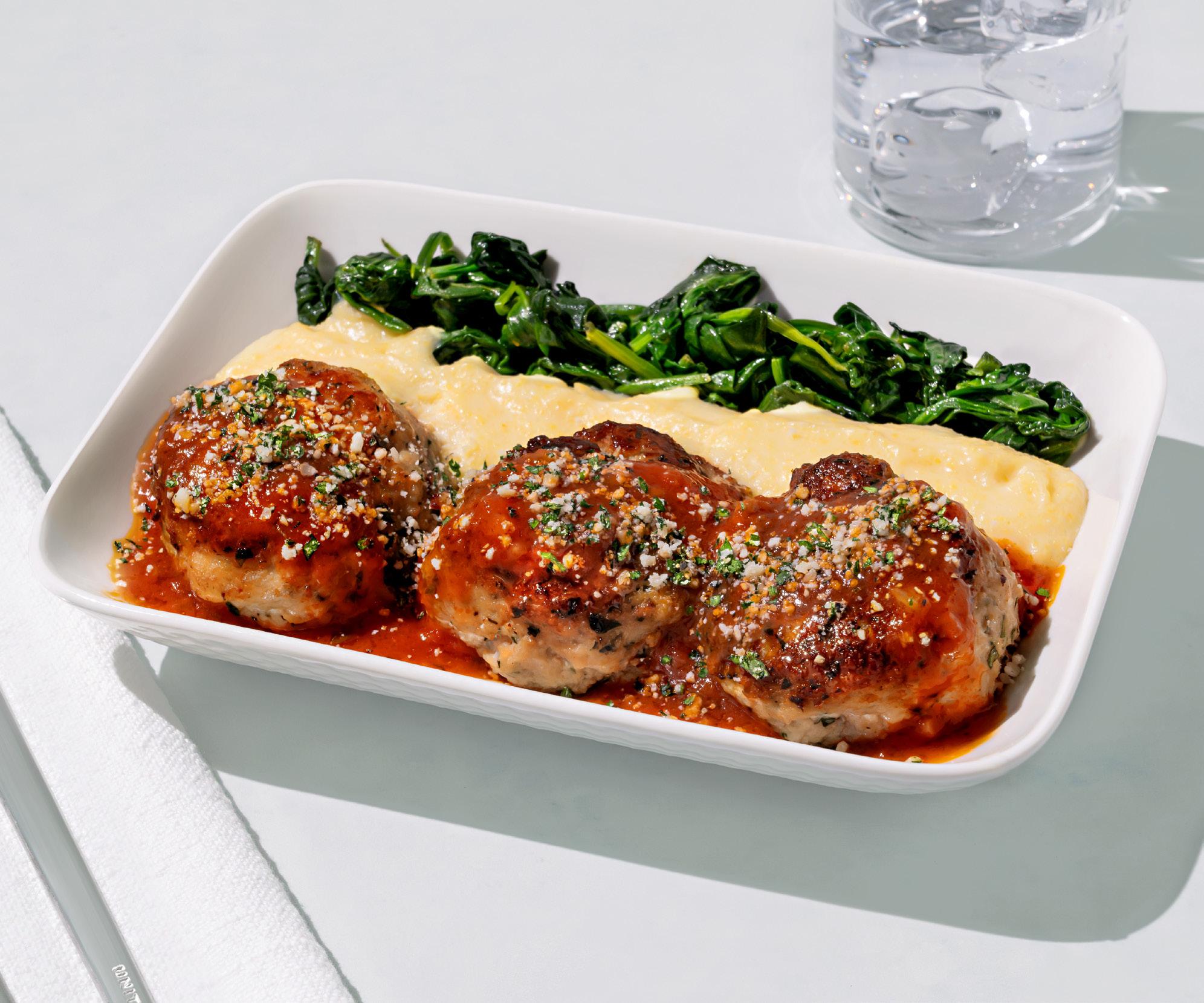
solution incorporates beverage pairings that complement meal selections while reinforcing the airline’s service philosophy. With an industry-leading portfolio of wine and beverage partners and four sommeliers on staff, AMI integrates culinary and beverage design into a cohesive offering, ensuring that pairings enhance both taste and brand perception. Additionally, AMI collaborates with innovative brands to create strategic brand partnerships that elevate the passenger experience. These partnerships not only enhance menu offerings but also drive passenger satisfaction and social media engagement, further solidifying an airline’s reputation for quality and innovation.
“For years, we’ve recognized the value that a neutral partner can bring to airlines in menu design,” says Matt Chambers, Director Key Accounts, AMI Group. “Our approach offers a fresh perspective the industry has long been seeking, and the early success we’ve seen is proof that our methods are working.”
Recently, United Airlines partnered with AMI to develop new signature hub dishes for its Domestic First service.
Stephen Parkerson, Senior Manager, Menu Planning at United Airlines, says, “Based on a foundational brief, [AMI’s] team took the lead—integrating valuable trend insights, leveraging United’s passenger and menu data, and
working closely with our food and beverage team to craft entrees that authentically represent the communities we serve. The result? Thoughtfully curated dishes that not only meet our passengers’ expectations but exceed them.”
He continues: “As United works to refine our onboard offerings with a fresh perspective—focusing on simplicity, authenticity and a touch of luxury—we are continuously seeking innovative partners who share our vision of delivering exceptional dining experiences to our passengers.”
AMI understands the complexities of large-scale airline catering
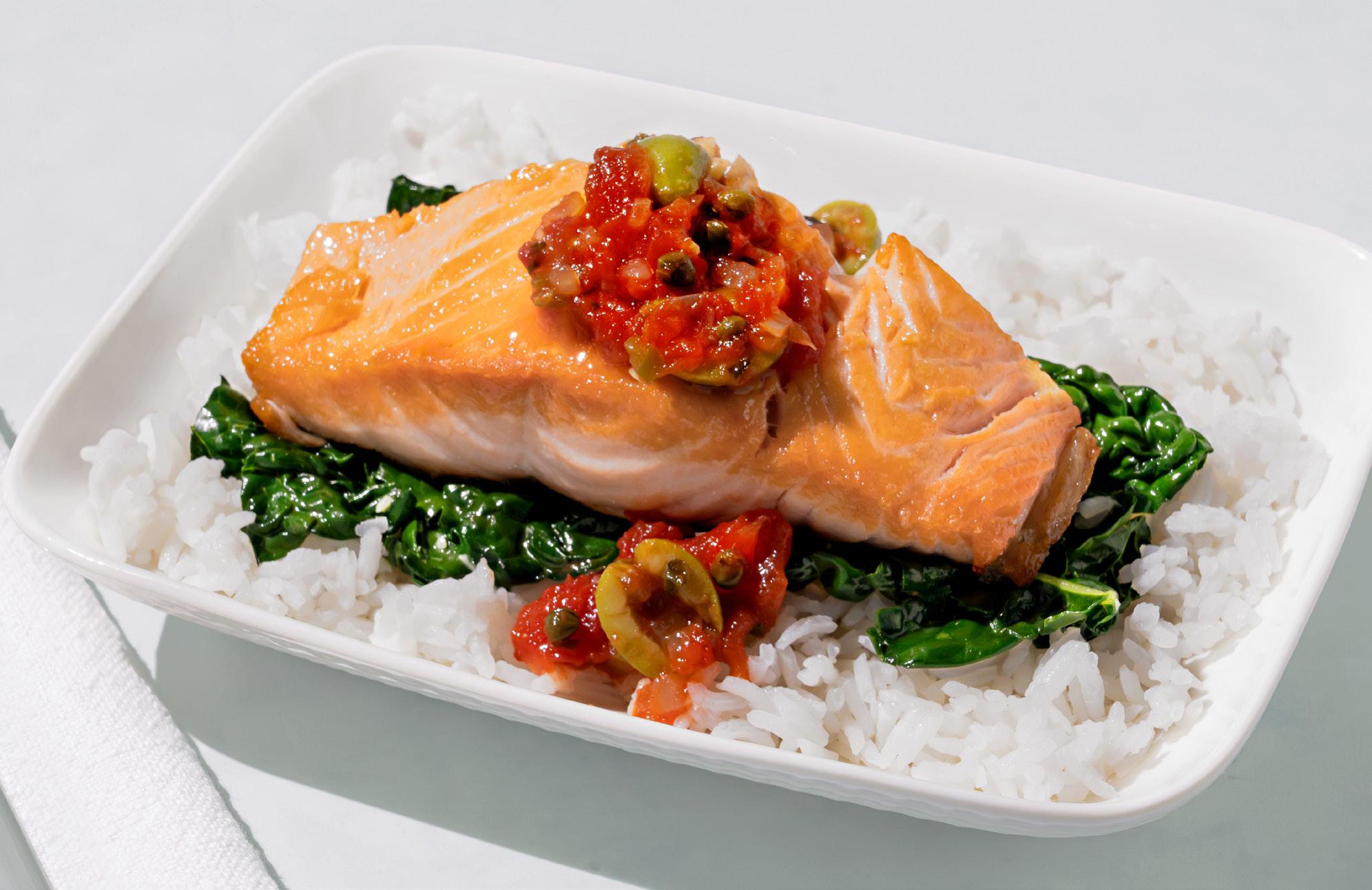
and works closely with airline partners and all supply chain partners to ensure that innovative menu ideas can be implemented within the airline catering ecosystem.
This includes collaborating with all stakeholders to ensure meals can be prepared efficiently in high-volume, high-speed environments; streamlining ingredient sourcing to minimize logistical challenges and ensure consistent supply chains; and optimizing preparation methods to maintain quality and consistency across all flights.
By addressing the operational reality AMI allows airlines to introduce fresh, engaging menus without encountering unnecessary complications or disruptions to service, Farrell explains, adding that “creativity is nothing without execution.”
But, he says, AMI’s Culinary Design solution is not just about aesthetics and taste; it is also about delivering value.
AMI specializes in designing meals that offer value while optimizing costs by balancing premium ingre-
dients with cost-effective solutions to maintain both quality and budget; minimizing waste through strategic menu planning, which benefits both airline finances and sustainability goals; and ensuring seamless integration with existing service models, so that new offerings enhance rather than disrupt operational workflows.
“We ensure that every ingredient and plating decision enhance both the passenger experience and the airline’s bottom line,” Farrell explains.
“While new to the menu design space, AMI’s commitment to excellence, attention to detail, and deep culinary knowledge have quickly positioned them as an emerging leader in airline menu innovation. The ability to blend creativity with datadriven decision-making makes AMI a formidable force in shaping the future of inflight dining,” adds Parkerson.
The airline industry is evolving, and so are passenger expectations. Travel-
lers today seek dining experiences that reflect modern culinary trends, align with dietary preferences and provide a sense of authenticity and enjoyment. AMI’s approach addresses these demands by developing comprehensive culinary strategies that consider everything from branding and service style to sustainability and innovation.
“AMI is rethinking what onboard dining can be—relevant and engaging culinary design. We bring a fresh, forward-thinking approach to every menu we create, ensuring that airlines can offer meals that feel modern, thoughtful and in sync with the brand,” Farrell says.
For airlines looking to refresh, AMI offers more than just meal solutions—it provides a roadmap to a smarter, more relevant onboard experience. The company’s Culinary Design solution represents a departure from the one-size-fits-all model of menu design and instead delivers dynamic, brand-aligned and thoughtfully executed meal programs.
For 45+ years, our team of experts has specialized in creating customized amenity kits, bedding, and other onboard projects that elevate the passenger experience.

Visit us at WTCE in Hamburg at stand 1C10 Hall A, April 8-10 2025
www.wessco.net
info@wessco.net
by JANE HOBSON

Marius Rytz, Product Manager Culinary Excellence at gategroup, tells PAX International what is changing and trending in special meals

In today’s interconnected world, air travel serves as a vital link for business and leisure travellers navigating an increasingly globalized society. As diverse cultures converge at 35,000 feet, airlines must cater to a broad spectrum of culinary preferences, dietary restrictions and religious considerations—particularly on long-haul flights where multiple meal services are standard.
At gategourmet, the largest global airline caterer, chefs carefully balance these complexities to craft specialized meal options that meet the evolving needs of airline partners and their passengers. By integrat-
ing cultural awareness with culinary expertise, gategourmet ensures that every inflight dining experience reflects both quality and inclusivity. The landscape of special meal offerings has evolved significantly to accommodate the diverse needs of today’s airline passengers. Once primarily associated with medical and dietary restrictions, special meals now encompass a broad range of categories, including religious, lifestyle and children’s meals, reflecting the growing expectations of travellers.
Ensuring these meals are both nutritionally balanced and thoughtfully prepared is a priority for gategourmet’s culinary team. Constantly innovating, the chefs at gategourmet are committed to sourcing and integrating high-quality ingredients into meal designs that align with both dietary requirements

and evolving passenger preferences.
Globally, gategourmet has 26 Malaysian halal certified kitchens and four kosher kitchens across its units. In some cases, there is a full-time rabbi on staff in the kitchen to oversee ingredient acquisition and food preparation to ensure it is kosher.
Marius Rytz, Product Manager Culinary Excellence at gategroup, tells PAX International that gluten-free options have grown exponentially in the last few years, with options that give chefs a lot more room to explore and create.
“Bland, boring gluten-free options are a thing of the past,” says Rytz.
Meanwhile, the caterer reports that when it comes to vegetarian meals, there has been a shift back to basics.
The era of heavily processed meat
substitutes like vegan sausages and burgers seems to have peaked. Passengers increasingly want recognizable, high-quality ingredients and craftsmanship in the preparation of meals. The exploration of ingredients allows chefs to innovate and create new, memorable culinary experiences for airline passengers, ensuring that the meal is not just a minor part of the journey, but instead something to look forward to.
gategourmet’s culinary teams closely monitor emerging food trends and innovative ingredients, ensuring the menus remain aligned with shifting passenger expectations. One area of current focus is the growing appeal of pickled and fermented products, recognized for the ability to enhance both flavor and functionality in airline meals.
Incorporating pickled ingredients—whether as a side, snack, or key component of a main dish—offers multiple benefits. From fermented vegetables and pickled ginger to naturally cultured dairy products, these elements not only elevate taste but also aid digestion, contributing to a more satisfying and wellbalanced inflight dining experience.
The focus of special meals is not only to meet the standards required, but to follow the principles of a balanced diet. The meals must not only be suitable for specific dietary needs but also healthy. At the same time, gategourmet aims to create a level of standardization across the different regions it serves. A vegetarian meal from Indonesia cannot have the same components as one from India, yet the overall quality and nutritional balance
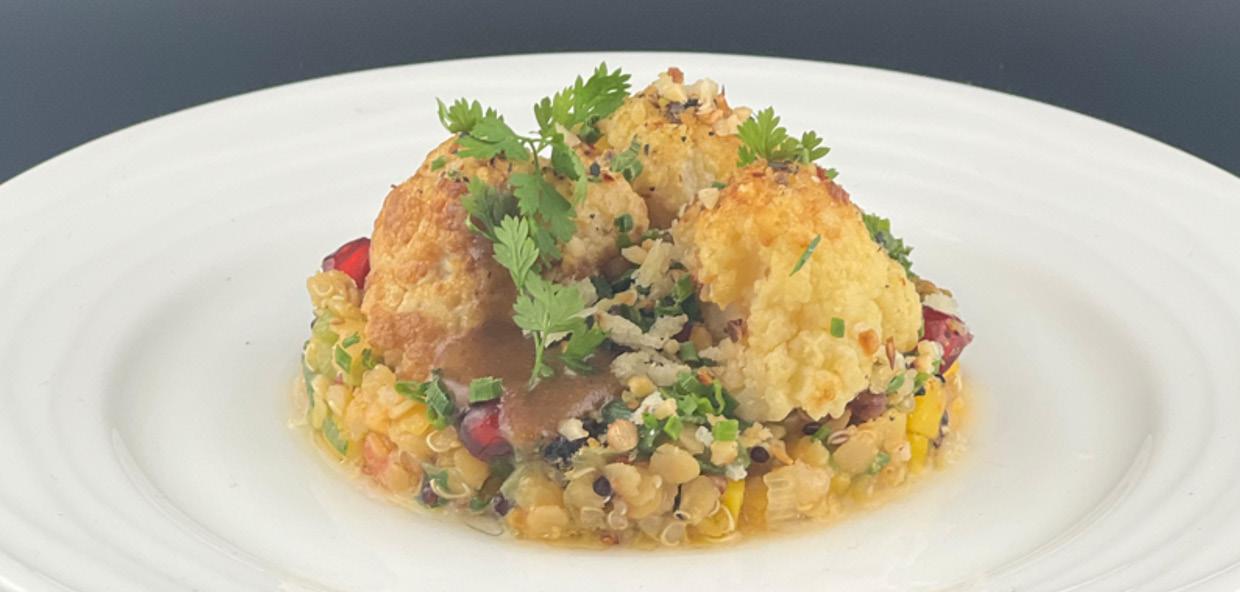
should remain consistent, offering passengers a well-rounded, flavourful and satisfying dish. In the end, the ingredients must come together and create a delicious, memorable meal experience for the passenger.
“The special meal market is growing, and while a global approach is necessary, it must be shaped by local perspectives,” Rytz explains. “A key principle across all meals is a balanced ratio of carbohydrates, proteins and fats. Additionally, the glycemic index is an important factor: how much a carbohydrate impacts blood sugar levels. To ensure a steady energy supply throughout the flight, we focus on using complex carbohydrates rather than simple ones.”
But the focus on meeting the standard for special meals is not only centered on the main course. Desserts are also evolving, says Rytz.
Instead of sugar-laden options, gategourmet chefs are moving toward recipes with more fresh fruit and reduced sugar, while still maintaining an indulgent element.
“After all, it is not just about nourishing the body but also about providing a moment of enjoyment for
the mind. Desserts cap off a wonderful meal with a delectable, sweet experience that satisfies and pleasures, and if there is a healthy element to it, the guilt of indulging weighs less on the conscience,” he says.
Snacks are another key area of focus for gategourmet. As Rytz explains, “We are currently developing a brainboosting chocolate with ingredients that enhance cognitive function. Something ideal for business travellers working on their laptops during their flight. The goal is to provide sustained energy without excessive sugar to prevent energy crashes.”
While the final taste and presentation of the special meal is important, the preparation is just as crucial. With restrictions on what ingredients can be used, gategourmet chefs select the best quality ingredients, always careful not to cross-contaminate with other items being prepared.
Strict protocols are essential when preparing special meals to prevent cross-contamination, particularly for passengers with dietary restrictions due to medical conditions.
Gluten-free meals, for example, must be handled separately to avoid any contact with gluten, while vegetarian and vegan options require precautions to maintain dietary integrity. For those with food allergies, even trace amounts of an allergen can pose serious health risks, making meticulous preparation a priority.
Equally important is the careful adherence to religious dietary laws. Halal and kosher meals are prepared with the highest level of care, ensuring compliance with strict guidelines and respecting the beliefs of passengers who require them. gategourmet’s culinary teams follow rigorous processes to uphold these standards, reinforcing a commitment to both safety and cultural sensitivity in every meal served.
The golden rule to follow when it comes to special meals is to create something delicious and exciting for the passenger while maintaining a healthy balanced meal that adheres to the strict guidelines of the passenger’s requirements. Special meals should be well-balanced and crafted with skill and care, giving passengers a memorable experience and creating culinary connections.

by JANE HOBSON
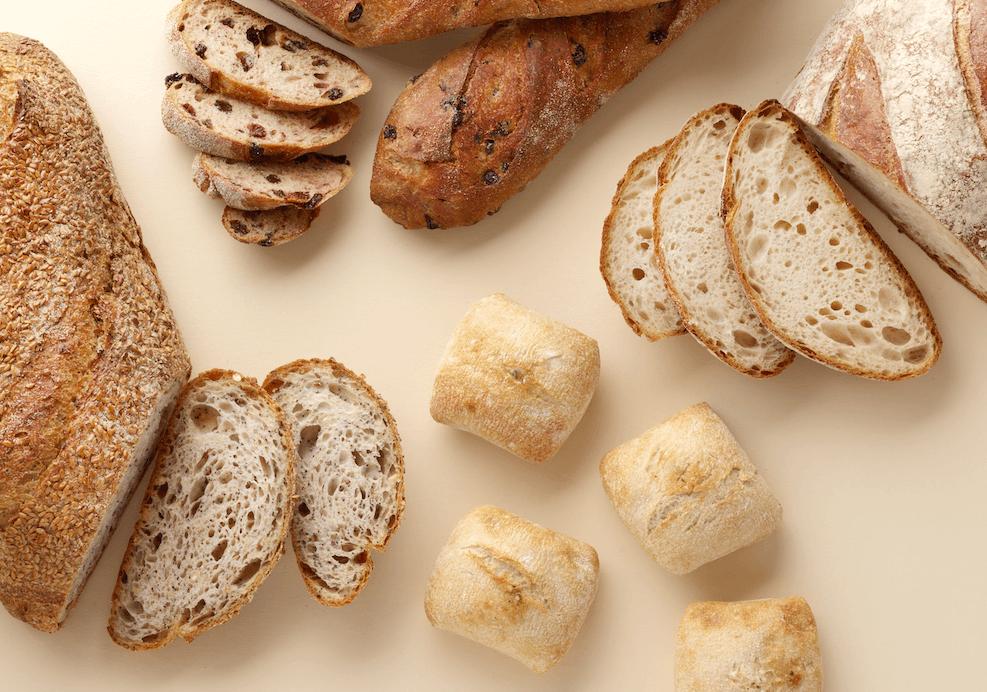
An inside look at how En Route International maintains exceptional global supply chain standards while optimizing efficiency
Ensuring consistent quality, cost efficiency and seamless logistics in airline catering is a remarkable achievement. En Route International, specialist supplier of food and packaging solutions for airlines and airline caterers, has optimized its approach to global sourcing and supply chain management to meet the evolving needs of its airline customers. Andrew Sharp, Supply Chain & Procurement Director at En Route, provides insights into how the company maintains high standards while boosting efficiency.
With a vast supplier network spanning multiple continents, En Route International ensures product consistency through a rigorous quality control process. “Our Technical Food Safety team works alongside Procurement and Product Development to evaluate, select and onboard suppliers,” says Sharp. The company implements continuous supplier audits and product surveillance, regularly testing product samples at its offices to uphold industry standards.
En Route operates global teams in the Americas, UAE and APAC,

working closely with local suppliers to maintain a stable supply chain. Collaboration with airline and catering customers further strengthens product quality.
“By integrating feedback from caterers and conducting internal product checks, we ensure consistency across every manufacturing site,” Sharp says.
Selecting the right suppliers is critical in the highly regulated airline catering industry. En Route follows a balanced scorecard approach, evaluating food safety accreditation, manufacturing processes, facility audits, and product quality, he explains.
“We assess suppliers based on

their adherence to specifications, commercial due diligence, and production capabilities, including consistency and flexibility,” he says.
Its industry expertise allows En Route to align products with strict airline standards while maintaining longterm relationships with manufacturers. The company also develops bespoke solutions tailored to airline needs.
“By leveraging our knowledge and partnerships, we create products that cater to both individual airline requirements and broader industry standards,” Sharp adds.
Supply chain fluctuations pose significant challenges for cost management, but En Route remains committed to delivering value without compromising quality by working with long-term partners to drive operational improvements. Rather than relying on short-
term transactional relationships, Sharp says the company focuses on strategic partnerships that help control costs.
Supply chain efficiencies are created by leveraging scale synergies and reducing unnecessary expenses while maintaining product quality. The company’s guiding principle is to reduce costs, not quality, ensuring that customers receive consistently high-value products despite market fluctuations.
This makes reliability in supply chain management even more essential to prevent delays in airline catering. En Route achieves this through precise demand forecasting and inventory management.
“We create clear demand forecasts to support effective planning and ensure reliable supply,” says Sharp. By maintaining inventory in line with expected demand, En Route mitigates risks associated with supply chain disruptions. Collaboration with airlines and
caterers, supported by data-driven forecasting, allows En Route to maintain stock ahead of orders, using a combination of road, sea and air freight to optimize logistics and ensure an efficient supply chain solution.
The airline catering landscape has shifted significantly since the pandemic, requiring suppliers to adapt quickly, Sharp explains.
“Following COVID, global supply chains became unstable, with inconsistent availability and unreliable lead times,” he recalls. En Route tackled these challenges by holding significant stock levels, ensuring continuity of service when other suppliers struggled.
As supply chains stabilized, En Route refined its forecasting capabilities, leading to business growth and improved efficiency. “We now hold fewer weeks of inventory while maintaining high service levels globally,” Sharp notes.
With airline travel expanding, caterers have struggled to hire staff quickly enough to meet growing demand. En Route has responded with labor-saving solutions, such as pre-packed galley boxes. “These provide passengers with an onboard selection while eliminating the need for caterers to handle packaging and assembly,” Sharp says.
Additionally, En Route ships chilled, ambient and frozen products via air and sea freight to various countries, ensuring menu consistency for airlines worldwide.
“We transport premium U.K. and European cheeses to Singapore, offering high-quality selections not available locally,” says Sharp, as an example. These cheeses arrive pre-packed in a crew-friendly format, allowing for quick and efficient onboard service.
By maintaining a commitment to quality, cost efficiency and supply chain resilience, En Route continues to enhance the airline catering experience for its customers worldwide.
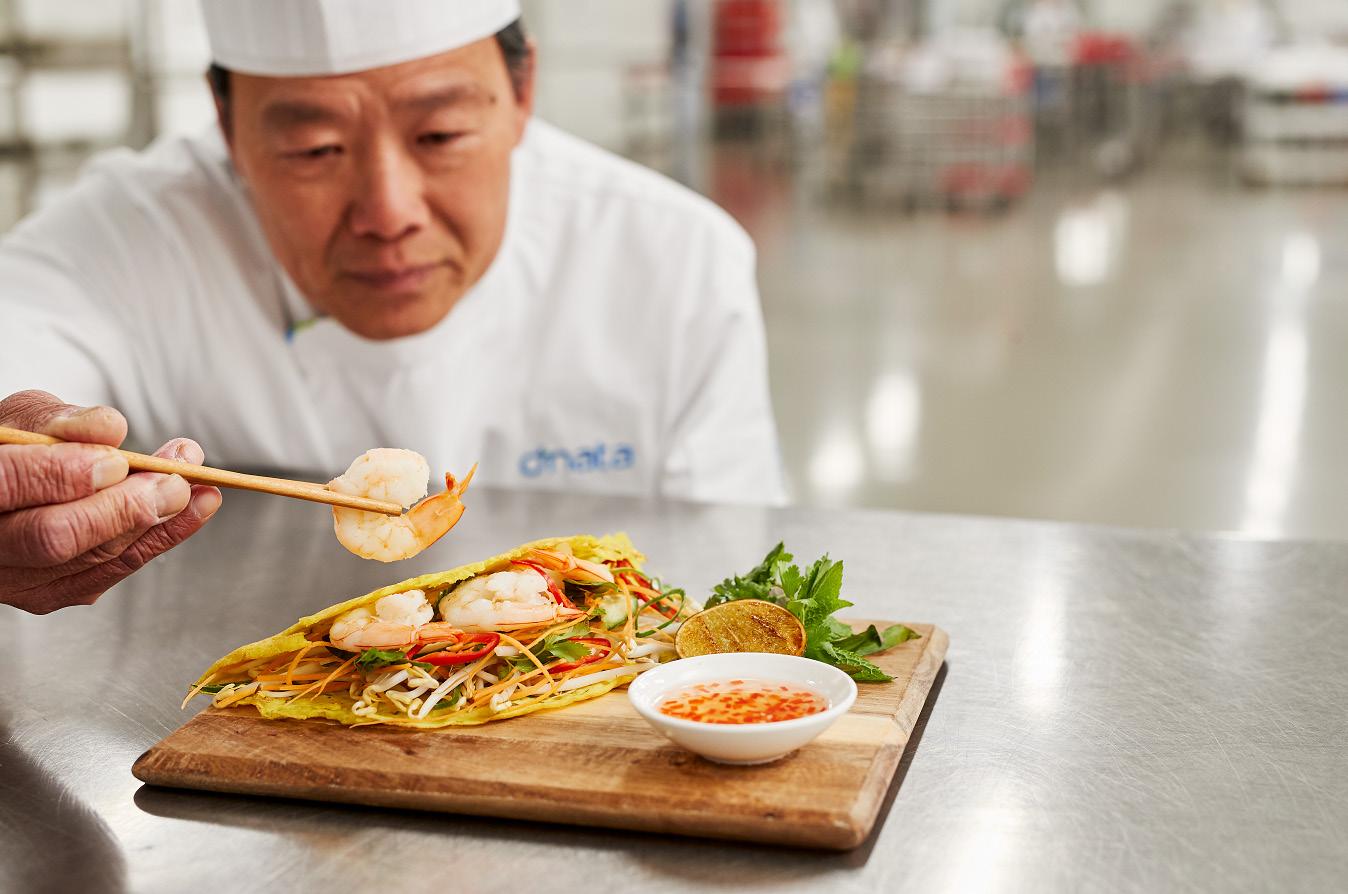
China’s culinary landscape is vast and intricate, shaped by an incredibly diverse range of regional flavours and traditions
Until recently, Westerners have often viewed Asian food through a narrow lens, with “Chinese food” seen as a monolithic cuisine—characterized by sweet-and-sour chicken, fried rice and fortune cookies. In reality, China’s culinary landscape is vast and intricate, shaped by an incredibly diverse range of regional flavours and traditions. Understanding Chinese cuisine in its entirety would take a lifetime, as the country’s climates, from the tropical south to the subarctic northeast, affect everything from ingredients to taste profiles.
China boasts eight distinct regional cuisines: Shandong, Jiangsu, Cantonese, Sichuan, Anhui, Zhejiang, Fujian
and Hunan. Each one represents a different province and offers something unique. For example, Sichuan cuisine is rich and spicy, while Cantonese cuisine is light and fragrant. Even the types of rice used can vary dramatically across these regions.
The demand for authentic Chinese food on airlines has grown exponentially, driven not only by Chinese passengers seeking a taste of home but also by Western travellers eager for a true culinary experience. This creates an exciting opportunity for the airline catering industry to step up and offer more than just a simplified version of Chinese food.
Serving authentic Chinese cuisine at 30,000 feet requires skill

and creativity. Dishes such as bao (steamed buns) are integral to Chinese culture, but the delicate pastry does not hold up well to the rigours of being cooked, chilled and reheated in an aircraft galley. To overcome this, dnata’s development team in Australia, including native Chinese chefs, spent months perfecting a technique to preserve the bao’s delicate texture, ensuring it remains light and flaky. The same care goes into dishes such as congee, a savoury rice porridge, which, when done right, can be a favourite among Chinese passengers.
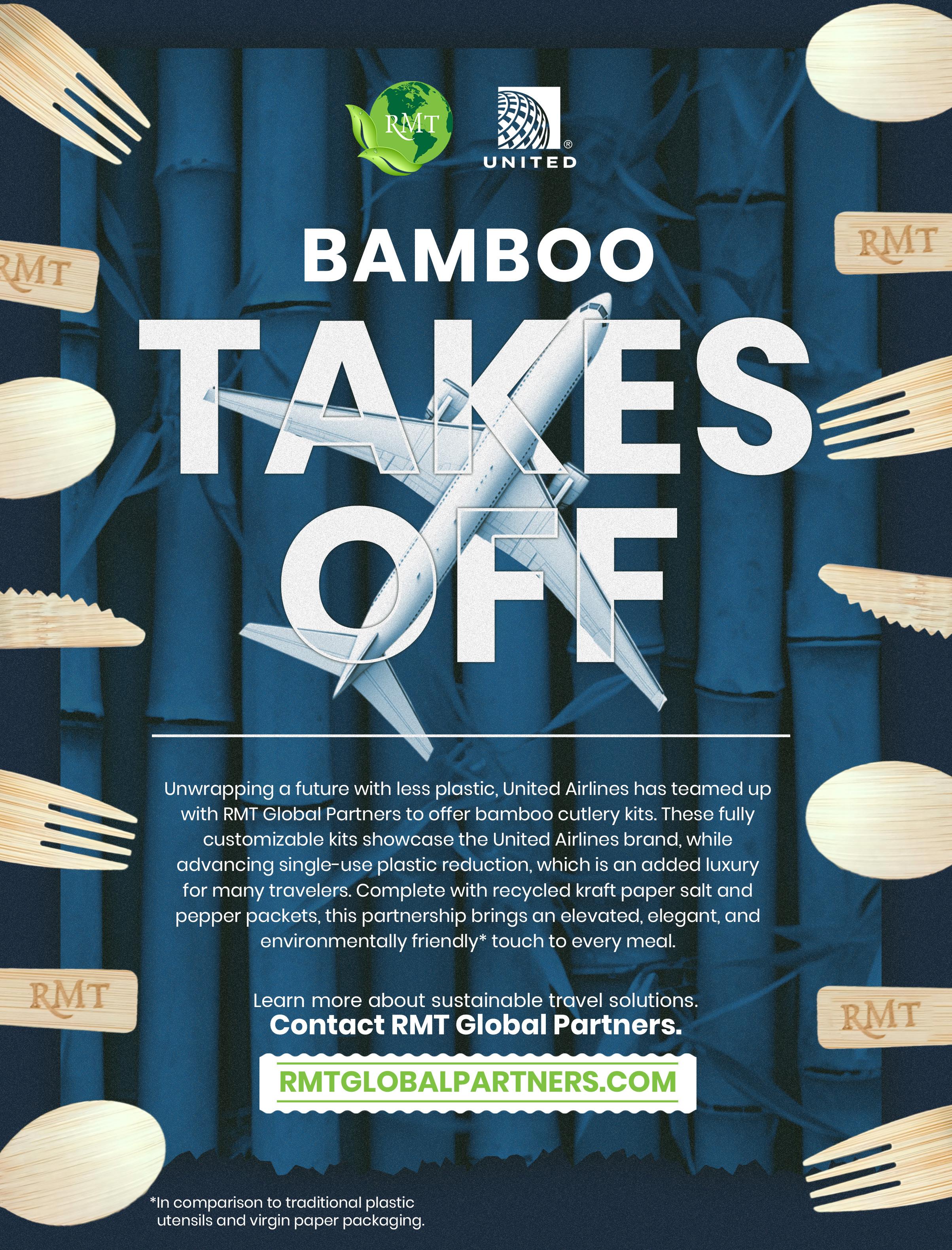
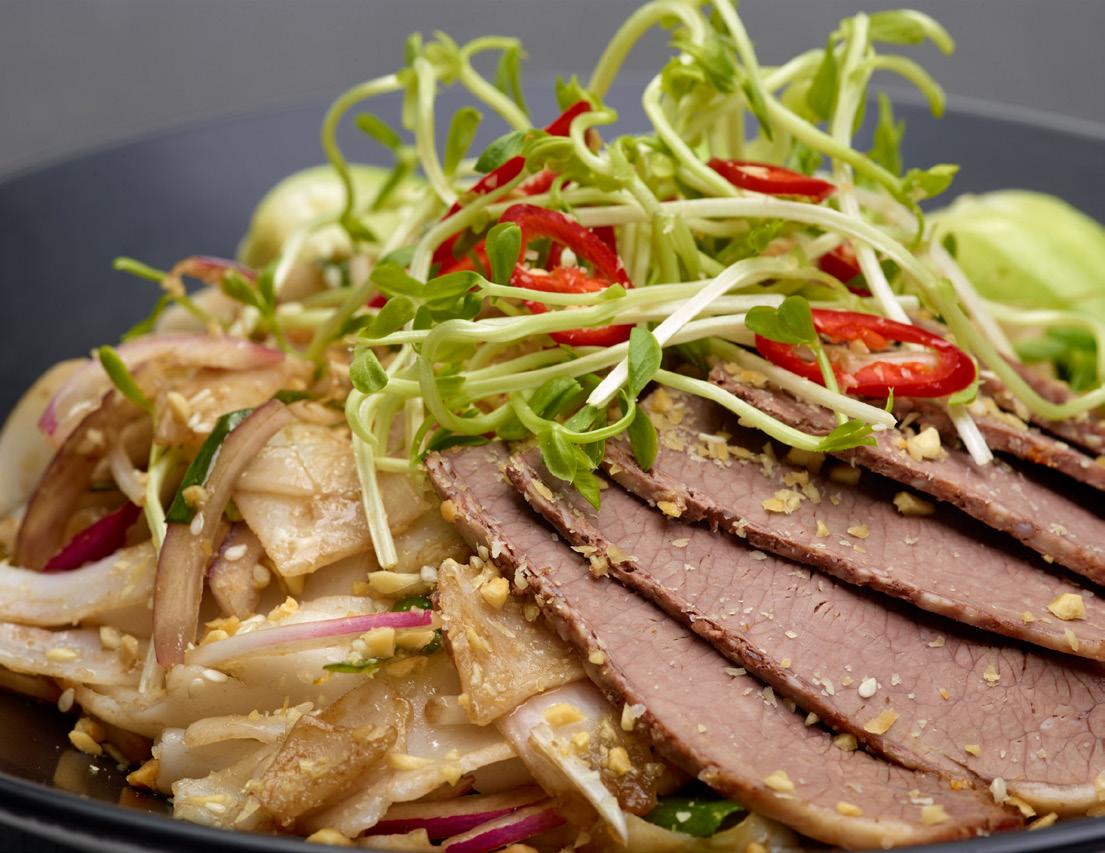
Cooking methods also play a crucial role in maintaining authenticity. A stir-fry made in a Western frying pan will not capture the same heat and flavour as one prepared in a traditional Asian wok. That is why dnata’s new catering facilities include specialized kitchens for Western, Halal and Asian cuisine, each equipped with the right tools and techniques for the respective styles. Paying attention to all these small details, such as using Chinese cleavers instead of Western knives, makes a big difference in ensuring
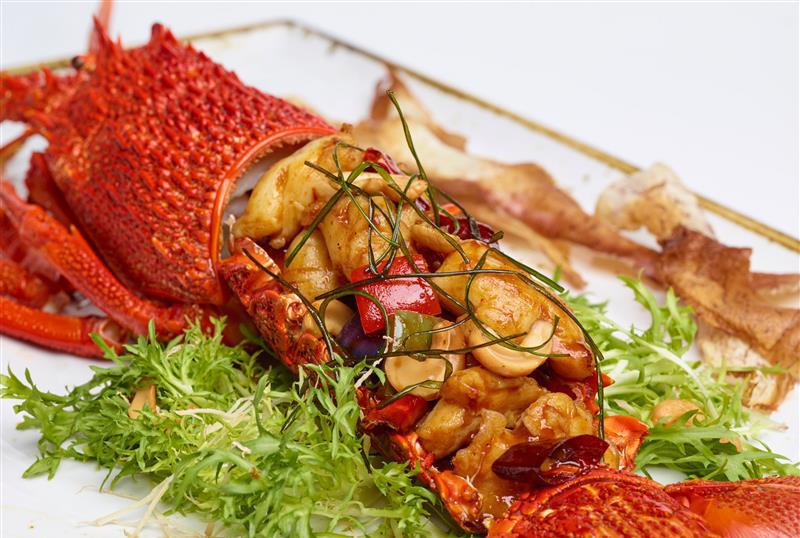
the food remains true to its roots.
Airlines know the local cuisine. To serve food that is culturally authentic, it is essential to go beyond the typical supplier-client relationship and foster a genuine partnership with airlines. Understanding their culinary preferences and working alongside their internal teams ensures we can capture the subtleties of each cuisine. This collaborative approach helps us perfect dishes that might not be reflected in tender documents alone. To form such a partnership, we also educate
an airline about Western cuisine and the best way to serve our own dishes. Creating truly authentic Chinese meals requires investment, creativity and a willingness to innovate. However, the effort pays off. Chinese travellers appreciate meals that remind them of home, prepared with the same care and attention their mothers and grandmothers would give, rather than dulled down to suit Western tastes. Respect for China’s culinary traditions goes a long way in earning the loyalty of this growing and valuable market.

new catering facilities include specialized kitchens for Western, Halal and Asian cuisine, each equipped with the right tools and techniques for the respective styles, such as the Asian wok
From onboard caterers to connectivity and all the latest in aircraft cabins, the PAX Readership Awards will once again recognize those in the industry that go above and beyond.
The award winners will be announced on Wednesday April 9, 2025 at the Radisson Blu Hotel in Hamburg.
Award winners will be featured in a special spread, as well as in our e-Newsletter.

by JANE HOBSON
Having several drink options inflight can make or break the inflight experience for passengers—but it goes beyond quenching thirst and enjoyment for those living with Type 1 diabetes (T1D). Having appropriate drink options available is integral for maintaining blood sugar levels, when to raise it and when to lower it.

As Amanda Berg, Director of Parent Support at diabetes support organization Type One Together and mom of a child with T1D, points out, the options on board often fall short. “If I need to have access to a low-sugar drink for my daughter while we’re travelling, essentially our only options have been water or diet soda,” she says.
For families like Berg’s, this

lack of variety means they must over-prepare, bringing their own drinks or adjusting insulin doses. Managing blood sugar can be especially tricky when flying. With so many variables—altitude, stress, dehydration—blood sugar levels can swing unpredictably. As Raquel Baron, Founder of Type One Together, who lives with T1D, explains, it is not just

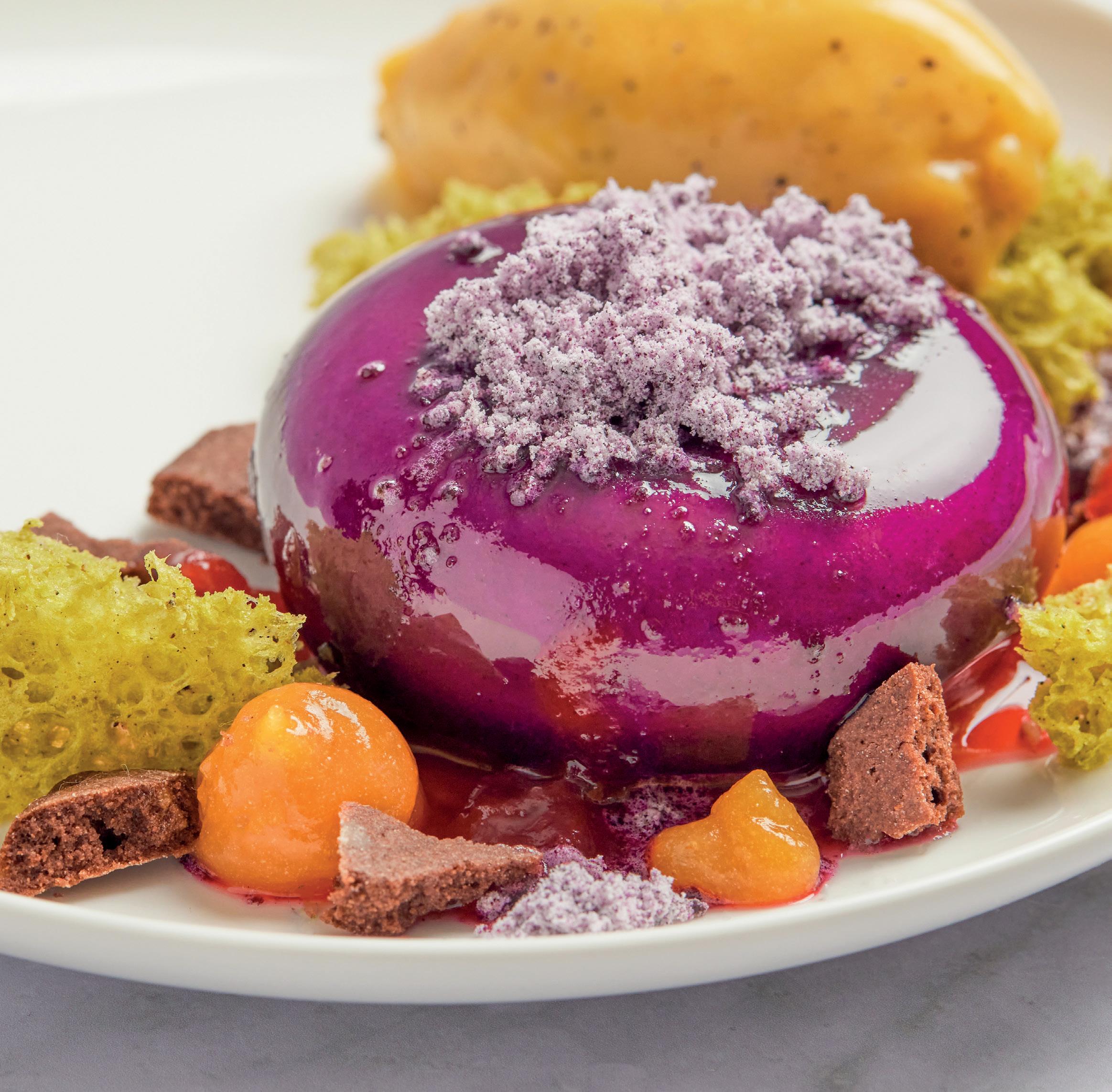

about avoiding high blood sugar; sometimes, people living with diabetes need drinks that can help stabilize or prevent a blood sugar drop.
“While people living with diabetes have different management styles that work for them, what we do all need is access to a variety of options—both for diabetes management but also just for what we want,” says Baron.
This is where Intervine, a food and beverage distributor and supplier that works with airlines to provide a range of drinks and products, including options that cater to various dietary needs such as gluten-free, allergenfree and vegan, hopes to help.
Amy Jullien, Corporate Vice President at Intervine, understands that a one-size-fits-all approach to onboard beverages does not work for everyone. “Intervine offers a range of beverage options suitable for passengers with diabetes, focusing on choices with minimal impact on blood-sugar levels,” she says. “These include still and unsweetened sparkling water, herbal teas, black coffee, plant-based milks, fresh-pressed tomato juice and coconut water.”
For airlines to improve the beverage offerings for passengers requiring special options, Jullien recommends a focus on drinks without added sugars or artificial sweeteners. “For example, Longbottom Tomato Juice offers 100 percent fresh tomato juice, unlike some commercially processed brands that contain added sugars to enhance flavour,” she says.
For those who want more flavour, Intervine offers alternatives such as Waterloo sparkling water, which contains no added sugar or sweeteners. Jullien also suggests that airlines can consider offering non-alcoholic wines, such as Proxies. She explains that Proxies non-alcoholic wine typically has less sugar than regular wine, but it depends on the type of wine you’re comparing it to.
“All of these suppliers offer award-winning drinks that ensure high-quality options without compromising on taste,” says Jullien.
Access to information is what is most important, according to Jullien. “Whether diabetic or not, technology plays a key role in making information more accessible, empowering travellers to make choices that align with their individual needs and preferences,” she says. “For example, airlines could include a QR code or URL on
the menu, directing passengers to detailed product information. This would give passengers the information they need about what they consume.”
Baron echoes this call for added communication. “Frequent travellers may know what to expect when it comes to drinks offered, but it would be nice to know about the options available on board before boarding to help us prepare for the flight accordingly,” she says.
Providing diabetes-friendly drink options on flights is not just a health matter—it is about improving a safe and enjoyable travel experience.
“It’s great that airlines provide several high sugar options that come in handy for low blood sugar incidents,” says Baron. “That being said, when a Type 1 diabetic has high blood sugar or just prefers not to give lots of insulin for their drink of choice, more low sugar options would be great.”

























































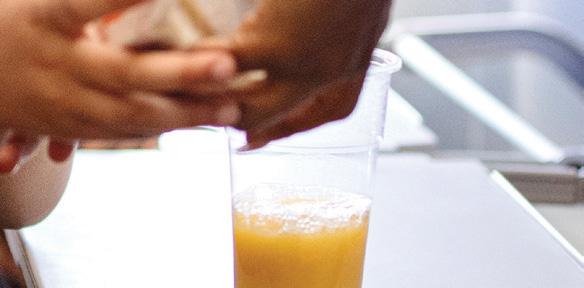









by JANE HOBSON

Snackbox To Go is reshaping inflight snacking with a sleek new website and a fully customizable breakfast box, giving airlines more control over onboard offerings. Designed to streamline the selection process for airlines and enhance the inflight service experience for passengers, these latest developments provide a seamless, personalized approach to onboard offerings.
The updated Snackbox To Go website features a Personalized Product Selector, a tool that simplifies the snack selection process for airlines. With just a few clicks, airline buyers can receive tailored snack recommendations that match the airline’s specific needs and passenger preferences. The intuitive system saves time and ensures that every snack choice is aligned with dietary requirements, taste preferences and sustainability goals.
By integrating user-friendly navigation with a commitment to ethical sourcing and sustainability, Snackbox To Go reinforces its dedication to providing high-quality,
responsibly sourced snacks for the airline industry with this tool, the company tells PAX International.
In addition to its digital transformation, Snackbox To Go is elevating the first meal of the day with its Customizable Breakfast Box. Airlines can now curate a bespoke breakfast experience for passengers, choosing from a variety of mini viennoiserie, indulgent cakes and brownies and freshly made mini sandwich rolls. Whether airlines want a balanced mix of sweet and savory or a specific dietary-friendly selection, the flexibility of the breakfast box ensures every passenger is awoken on a delicious note.
What sets this service apart is the expert guidance provided by Snackbox To Go’s breakfast specialists and entire team. The company’s hands-on approach helps airlines refine selections, catering to diverse tastes while maintaining premium quality. From mix-and-match options to designing a private-label breakfast box, Snackbox To Go ensures that every detail aligns with an airline’s brand identity.
“All you must do is choose. With Snackbox To Go, you have the freedom to create a breakfast box that fits your exact desires. Don’t just settle for any breakfast—make it one to remember,” Snackbox To Go tells PAX International.
In an industry where efficiency and passenger satisfaction are paramount, Snackbox To Go’s latest innovations offer a seamless blend of convenience, customization and culinary excellence. Whether it is streamlining snack selection with its Personalized Product Selector or crafting a breakfast that is as unique as an airline’s brand, Snackbox To Go is redefining the way airlines approach inflight dining.


With a catering and retail network spanning over 60 global locations, we continue to grow our business through technology, new facilities and strategic acquisitions. Our fast-growing team of retail experts takes pride in creating end-to-end programmes for the unique needs of each business. Our mission is to deliver on the promises our customers make, providing an enjoyable flyer-first experience at 30,000 ft.

The Hunter kits for EVA Air are made from recycled materials and feature an adjustable and detachable cross body strap, body

Facilitated by FORMIA, EVA Air partners with iconic British brand Hunter to introduce stylish, sustainable amenity kits for Premium Economy passengers by
JANE HOBSON
Airlines are constantly raising the bar for passenger experience, forging partnerships with top brands to enhance comfort, service and inflight offerings. EVA Air is continuing to provide an exceptional Premium Economy Class service with the introduction of the latest collection of amenity kits for long-haul Premium Economy passengers in collaboration with iconic British brand Hunter. Hunter is globally recognized for the original wellington boot, first introduced in 1956. The brand has built on its heritage, expanding the collection to outerwear, bags
and accessories. Now Hunter collaborates with airlines on amenity kits, with function and meticulous performance-driven design always at the forefront. Its pieces embrace both rural and urban settings, seamlessly blending function with style.
Facilitated by FORMIA, the amenity kits are crafted from recycled materials and each bag features an adjustable and detachable cross body strap, designed for travellers to use long beyond the flight and incorporate into their daily lives.
Inside the kits, passengers will find a soothing Hunter branded body
cream and lip balm, an eye mask made from recycled PET and consciously prepared travel essentials including a dental kit and earplugs wrapped in FSC certified kraft paper packaging.
“FORMIA is excited to facilitate this collaboration between EVA Air and the iconic Hunter brand. Every Premium Economy passenger can now take home their own Hunter branded bag and travel essentials that have been thoughtfully designed with sustainability, functionality and style in mind,” FORMIA CEO & Managing Partner Roland Grohmann tells PAX International.














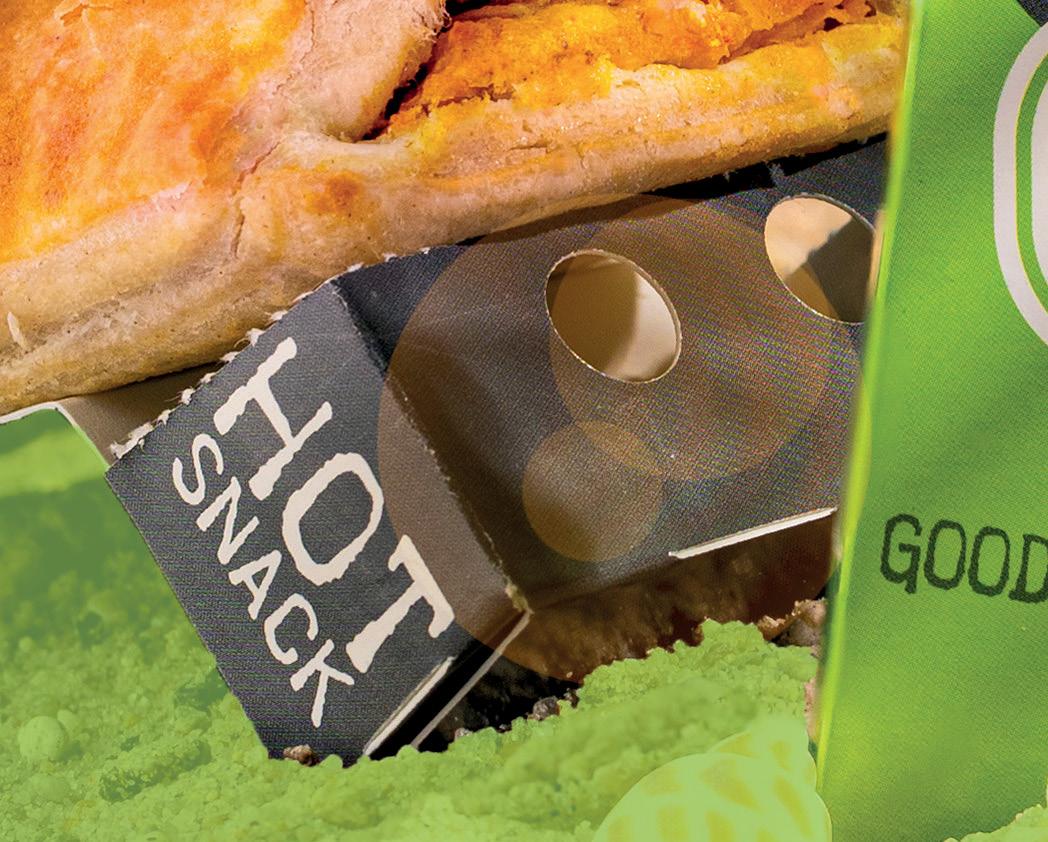









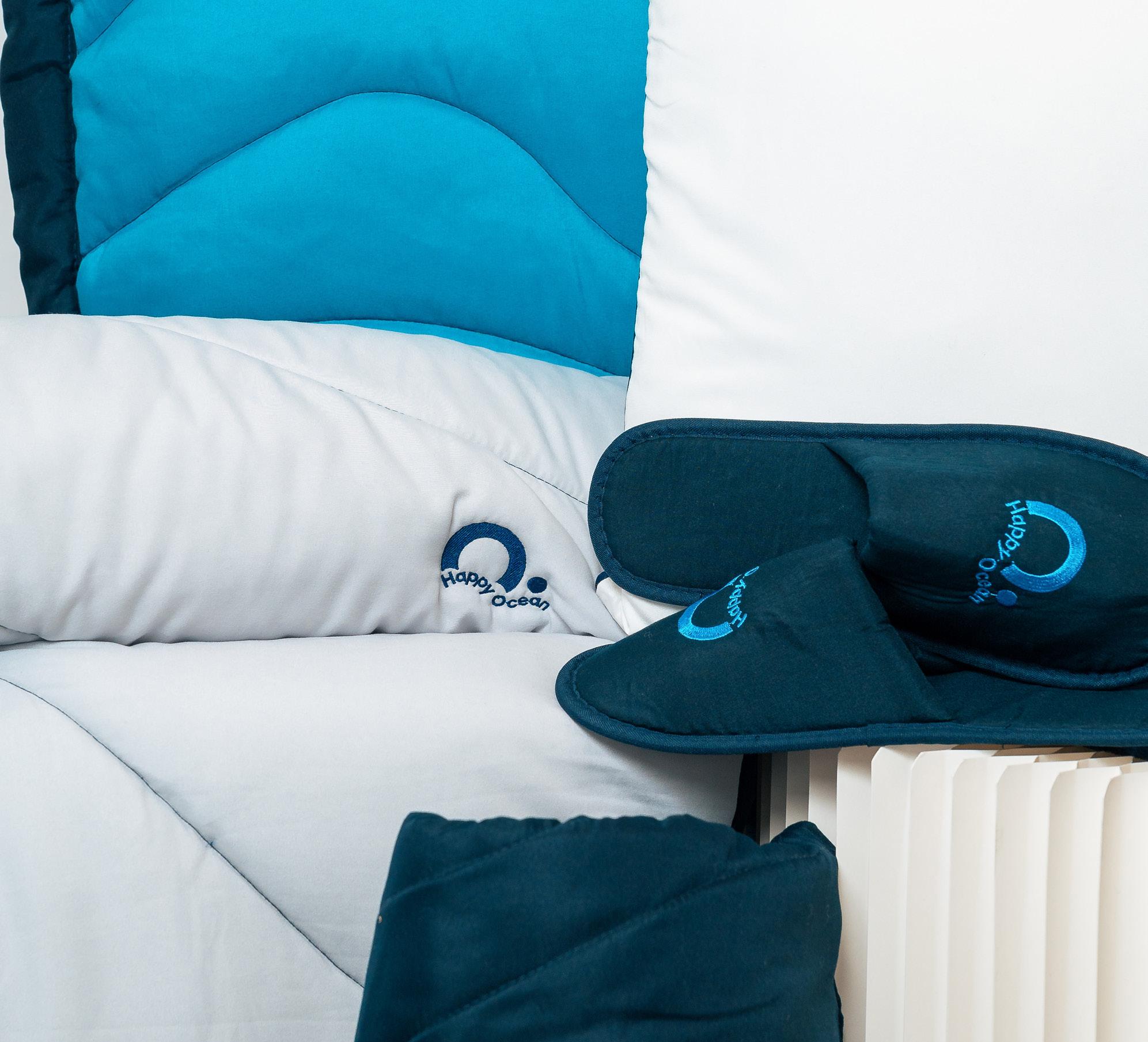
In this Guest Column, Alison Wells, CEO at Plane Talking Products (PTP), shares her insights on the importance of understanding the environmental impact of every onboard product through life cycle analysis

Developing innovative and exciting products for inflight is always an exciting challenge! There are so many fundamental criteria to consider—functionality, weight, stowage, aesthetics. As we all move at seemingly breakneck speed toward 2050 and Net Zero targets, understanding the environmental impact of the end-to-end supply chain every product onboard is becoming more and more of a focus.
Airline inflight teams need to be able to rely on their suppliers to advise on the latest innovations in manufacturing, more sustainable
PTP has invested in software that helps it better understand the environmental impact of its products, from premium ceramics to luxury textiles
techniques and general industry best practice in the various product categories. While material selection is an obvious and usually straightforward substitution, what happens in production, and ultimately at disposal, must also influence the selection.
At PTP, we have recently invested in software which helps us better understand the environmental impact of every step in the manufacture and supply of our products. It is a big ask because our products range from premium ceramics to luxury textiles; from amenities to soup flasks and everything in between. Understand-

ing what goes into the manufacture of each item, the implications of the location, transportation and the disposal all contribute to building the full picture of the product life cycle.
Life cycle analysis (LCA) stands out as an invaluable tool that, despite its complexity, offers unparalleled insights and strategic advantages to help us achieve this.
At its core, life cycle analysis assesses the environmental impact of a product throughout its entire life cycle, from raw material extraction to end-of-life disposal. This intricate process involves analyzing multiple factors such as energy consumption, resource usage and emissions, providing a comprehensive view of a product’s environmental footprint. While the complexity of LCA may seem daunting, it is precisely this depth of analysis that reveals critical information that can drive significant improvements in sustainability practices.
Life cycle analysis is structured into four main stages.
Goal and Scope Definition: This initial stage involves clearly stating the purpose of the analysis. Whether it is to improve product sustainability, comply with regulations, or communicate environmental performance to stakeholders.
Inventory Analysis: The collection of data on the inputs and outputs associated with the product. This includes numerous factors such as raw materials used, energy consumed, emissions released and waste generated.
Impact Assessment: This is where raw data transforms into meaningful sustainability metrics. We assess environmental impacts across
multiple categories such as: carbon dioxide emissions equivalents for climate change, water usage or land use for biodiversity effects.
Interpretation: Finally, the interpretation phase brings clarity to the numbers, helping us and our customers make informed decisions. Showing off the entire life cycle and its emissions. Transparency is key.
At PTP we are using the information that we are gathering to drive databased decision making. By supporting the case for sustainable changes to materials, manufacturing methods and end of life disposal with verifiable data, we can advise our customers on the environmental impacts of the products and where to focus attention to achieve the best results. For example, one of our recent projects demonstrated a reduction in water usage by more than 90 percent and decreased CO2 by more than 50 percent with a simple material change.
In summary, at PTP we are finding that life cycle analysis is an indispensable tool which supports our sustainability efforts. By adopting a holistic view of our products from raw materials to disposal, we have gained critical insights which in turn drives our product design and development. With this information we can innovate more sustainably and offer advice and recommendations to airline customers who are looking for ways to decarbonize.

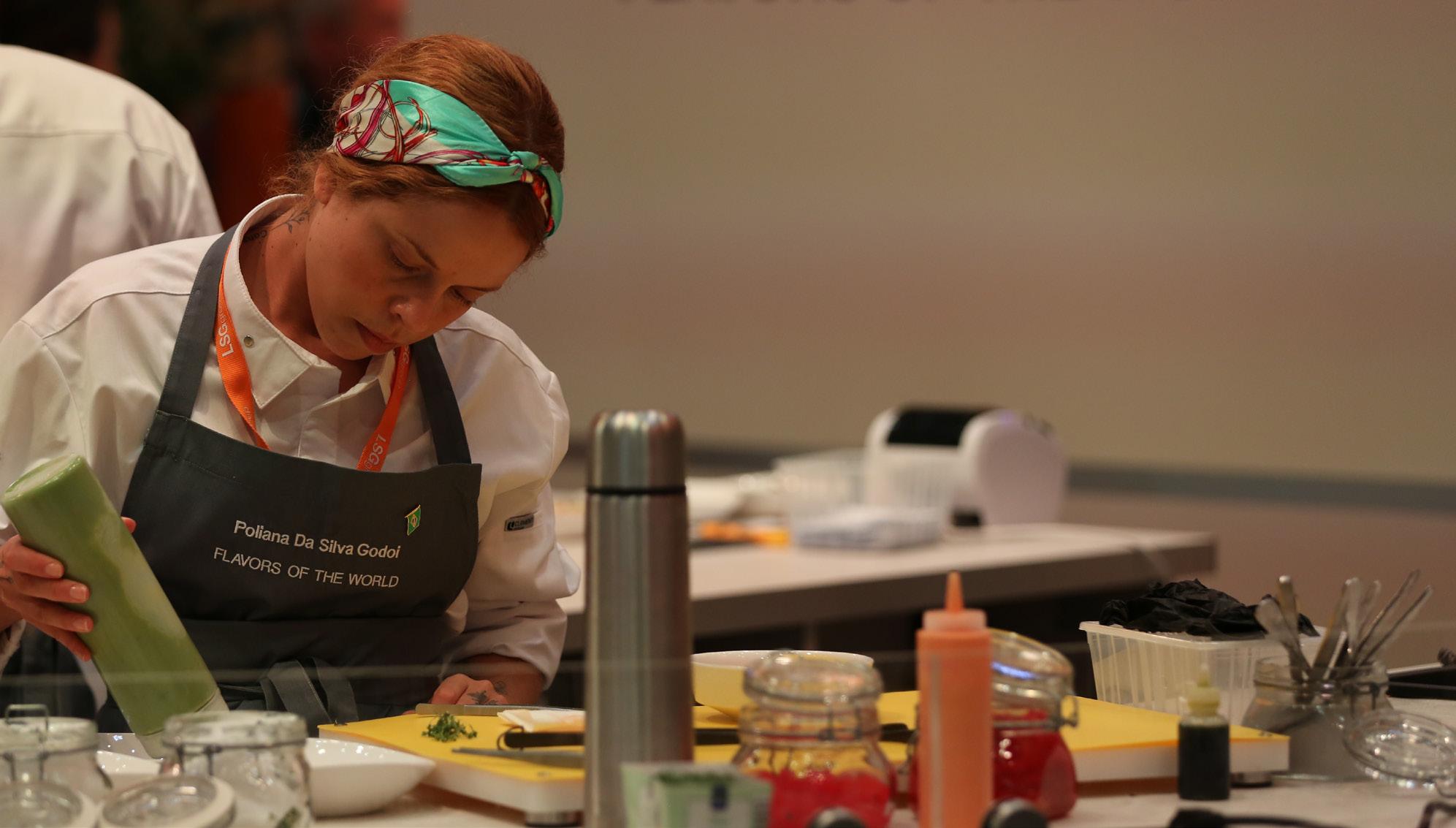
WTCE Event Manager Shona Thomson gives a preview of this year’s event
by JANE HOBSON
World Travel Catering & Onboard Services
Expo (WTCE) will return to Hamburg from April 8 to 10. Taking place at the Hamburg Messe, the 13th edition promises to unite the world’s leading air, rail and cruise operators with exhibitors showcasing the hottest onboard product innovations, services and trends across inflight catering, passenger comfort and inboard services.
PAX International caught up with Shona Thomson, Event Manager of WTCE, to discuss this year’s event, bringing well-known features back to the show floor and also introducing new elements.
“The travel industry is in an exciting place with a positive outlook for the future as it looks set to reach pre-pandemic travel levels by the end of the year. Now, more than ever, we need to be on the front foot when it comes to future trends, and ensure we truly understand passenger dynamics,” Thomson tells PAX International.
New for WTCE 2025 is the Tech Trail, shining a light on those paving the way in technology within the onboard industry. This feature will highlight exhibitors that tackle issues including onboard payment, customer meal pre-orders and inventory management. They will showcase solutions to create a smoother process for onboard operators and ultimately deliver an improved passenger experience.
Following its successful launch last year, the Steps to Sustainability feature will return to celebrate the accomplishments and innovations of companies that are leading the way in sustainability. As the travel industry continues its journey towards improving environmentally friendly practices across all areas of the passenger experience, this trail will include a curated range of exciting onboard products from organic food and drinks to amenities and tableware.
Back for its third year at WTCE, the Wellbeing Walk-through contin-

ues to promote a range of exhibitors that are making strides in onboard wellness. The trail highlights key exhibitors showcasing a selection of wellbeing-focused products from healthy food and beverages to soft goods and amenity kits.
“At WTCE 2025, the spotlight will be on crafting experiences that will support airlines in achieving sustainability goals and providing wellbeing solutions tailored to the ever-changing needs of passengers. This event is an ideal opportunity for buyers from the airline, rail, cruise and inflight catering industries to come together and stay ahead of the curve,” says Thomson.
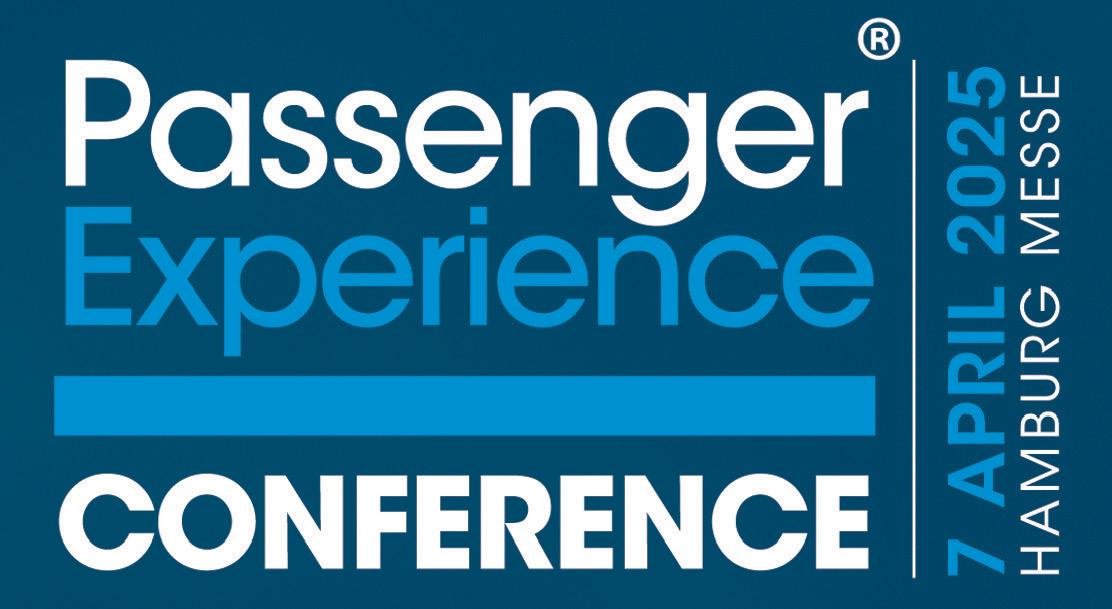

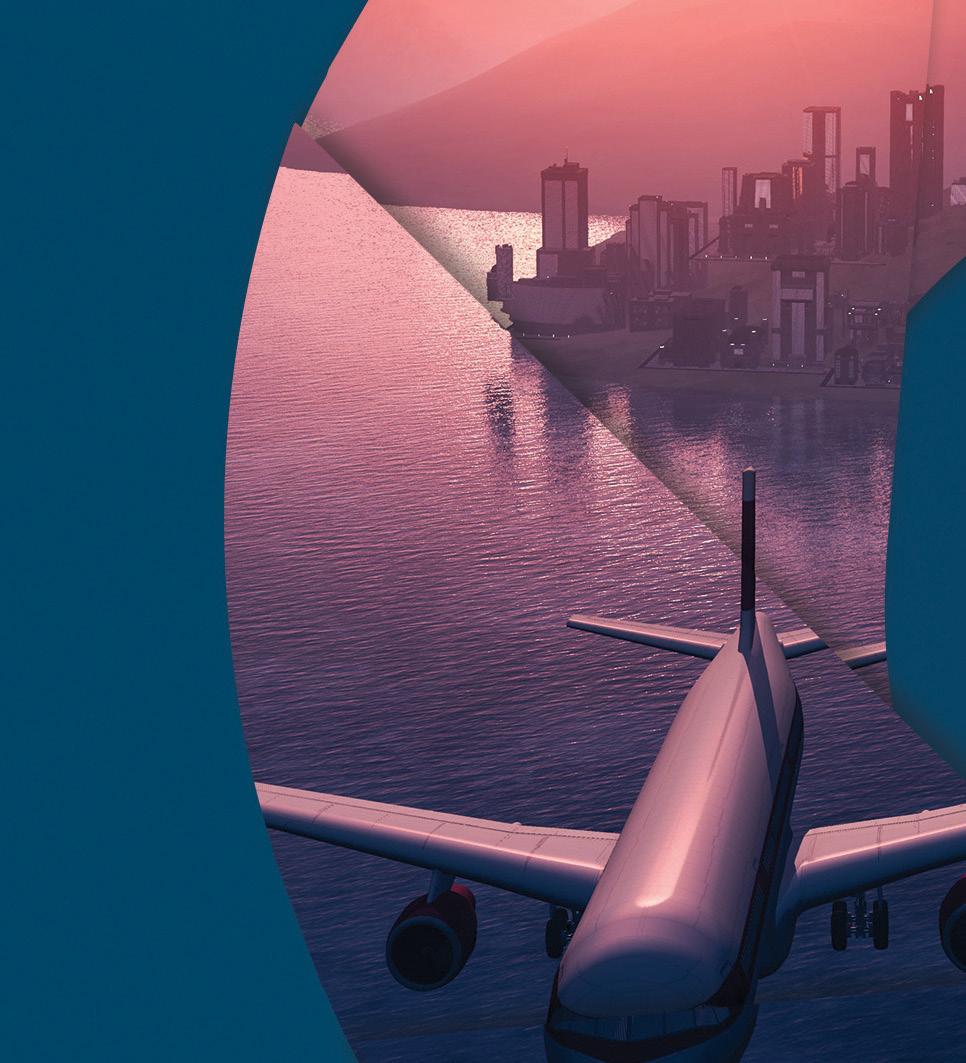




The industry’s best virtual roundtable discussion series, featuring executives and representatives from the industry’s most iconic companies
Share key insights, learnings and experiences from your sector in the PAX Panel: All episodes available online
Featured in digital editions of PAX International and PAX Tech magazines
Share on your website and social channels Attract new clients


